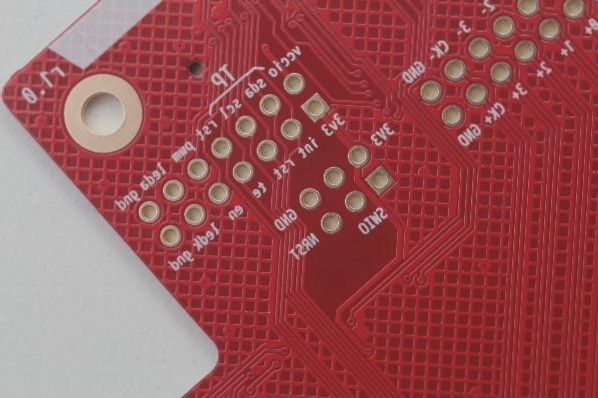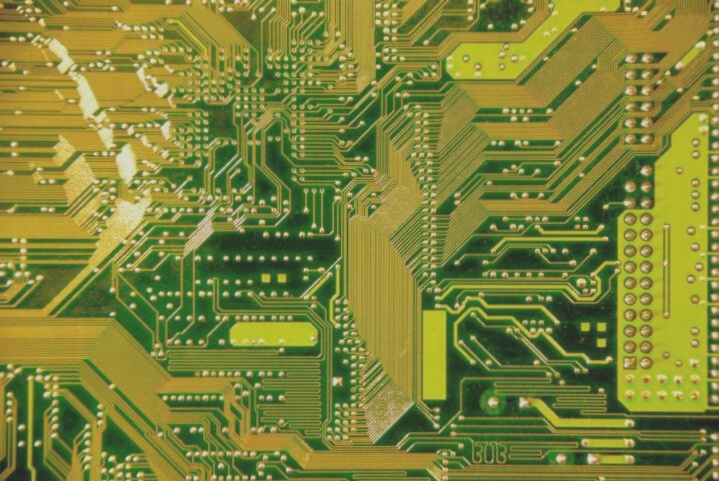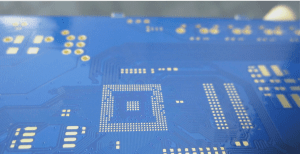PCB Circuit Boards: A Comprehensive Guide
If you’re delving into the world of electronics, understanding PCB circuit boards is essential. Despite their small size, PCBs play a crucial role in electronic devices.
The Importance of Soldering in PCBs
- Professionals in soldering apply flux and solder to establish connections on PCBs.
- Proper soldering techniques involve heating the soldering iron, distributing solder, and cleaning residual flux to ensure optimal performance.
- Emphasizing the significance of welding sequence can streamline the process and save time in circuit board processing.
Advanced Techniques in PCB Processing
- Experts prioritize tackling challenging welds first for a smoother end product.
- Implementing measures to reduce vibration during mechanical processing is crucial to avoid external force impact.
- Choosing the right stripping solution when removing coatings is essential to prevent issues between different materials.
- Control failures during processes like hot air leveling can lead to substrate defects due to thermal stress.
- Efficient assembly involves positioning components in feeding troughs for retrieval and mounting onto the PCB.
- High-speed placement machines can mount components in mere seconds, with feeder switching times impacting overall efficiency.
- Multi-function placement machines offer versatility in handling various components and PCB types.
- Transitioning between different PCB types requires meticulous preparation to ensure smooth operations.
- Adhering to operational standards and maintaining a strategic welding order are crucial in the circuit board processing industry.
Mastering the intricacies of PCB processing and welding techniques is key to producing high-quality electronic products.





